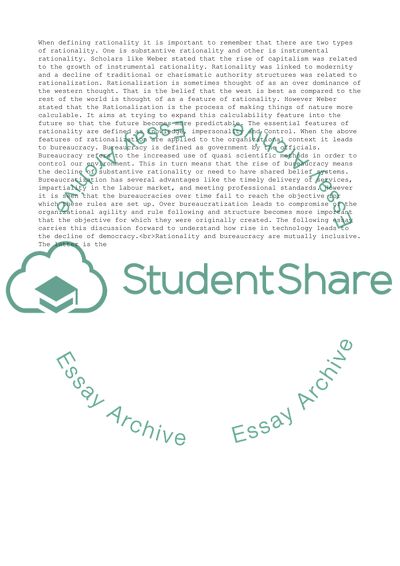Cite this document
(Has New Technology Led to the Decline of Bureaucracy Coursework Example | Topics and Well Written Essays - 3500 words, n.d.)
Has New Technology Led to the Decline of Bureaucracy Coursework Example | Topics and Well Written Essays - 3500 words. https://studentshare.org/management/1869638-has-new-technology-led-to-the-decline-of-bureaucracy
Has New Technology Led to the Decline of Bureaucracy Coursework Example | Topics and Well Written Essays - 3500 words. https://studentshare.org/management/1869638-has-new-technology-led-to-the-decline-of-bureaucracy
(Has New Technology Led to the Decline of Bureaucracy Coursework Example | Topics and Well Written Essays - 3500 Words)
Has New Technology Led to the Decline of Bureaucracy Coursework Example | Topics and Well Written Essays - 3500 Words. https://studentshare.org/management/1869638-has-new-technology-led-to-the-decline-of-bureaucracy.
Has New Technology Led to the Decline of Bureaucracy Coursework Example | Topics and Well Written Essays - 3500 Words. https://studentshare.org/management/1869638-has-new-technology-led-to-the-decline-of-bureaucracy.
“Has New Technology Led to the Decline of Bureaucracy Coursework Example | Topics and Well Written Essays - 3500 Words”. https://studentshare.org/management/1869638-has-new-technology-led-to-the-decline-of-bureaucracy.


